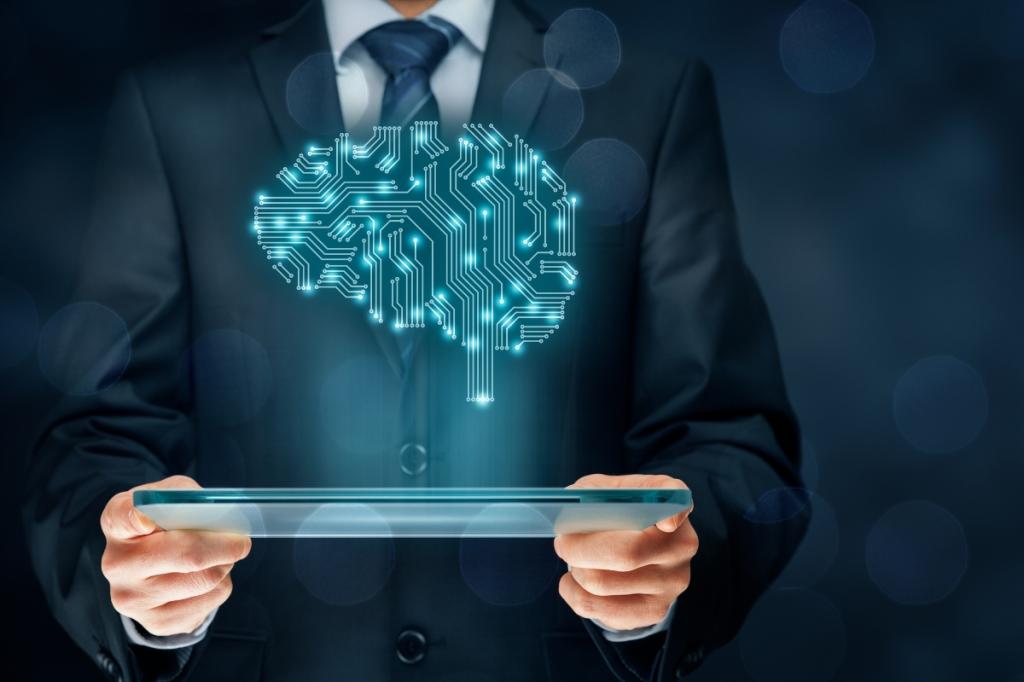What Is a Product Recommendation Engine and How Does It Work? (+ Examples)
Personalized recommendation systems have become an indispensable part of every major website. In short, product recommendation engine tracks and analyzes traffic, user data, and content on a website and propose relevant products to
visitors.
It is quite likely that thanks to artificial intelligence (AI) and machine learning technology the customers will be interested in them, which in turn translates into increased sales, average order value, and conversion rates.
You'll learn the following:
- What is a product recommendation engine?
- How does it work?
- What are the different types of product recommendation engines?
- What is the difference between content-based filtering, collaborative filtering, and hybrid filtering?
- Where are recommender systems used?
- What are the benefits of recommendation engines?
- How to implement product recommendation engines?

What is a recommendation engine?
A product recommendation engine is a solution based on an algorithm that allows providing a suggestion of a relevant product to a particular user.
Thanks to the use of artificial intelligence and machine learning technologies, the engine is able to select recommendations in such a way that they will be liked by a specific user with a high mathematical probability.
In other words, the AI recommendation engine generates a personalized set of recommendations that is tailored to the expectations, needs, habits, and interests of the user.

How does a product recommendation engine work?
Product recommendation engines analyze both user data to learn what type of items are interesting for a given visitor. The engine is based on machine learning technology what means that the more data it collects, the more accurate recommendations are.
To provide personalized product recommendations the system collects data about user preferences, user sessions, behavior of similar users, items' attributies, and many more depending on the product recommendation engine's type.
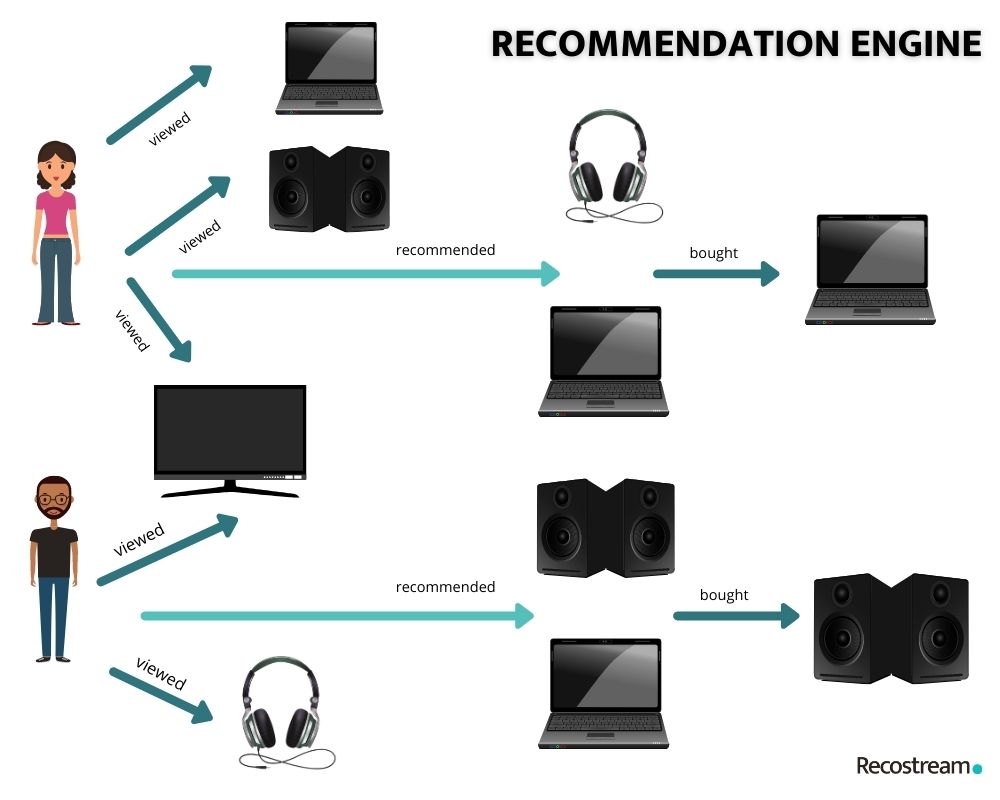
Types of product recommendation engines
If you want to deliver product recommendations to your website's visitors, find out more about different type of product recommendation engines. Once you know how product recommendation engines work, choose models that fit best to your personalization strategies.
There are three main approaches to building the basic algorithm that the majority of recommendation models are based on:
1. Content-Based Filtering Systems
Recommendatin engines based on a content-based filtering method collects and analyzes the data of store visitors about their preferences and activity (it uses cookies to track visits) and then creates a list of relevant product recommendations.
Content based recommendations are based on the idea that if a customer likes a given product, there is a high likelihood that they may like another product with similar characteristics.
At the same time, content based recommendation system analyzes items' attributies from a data base to match a particular set of products with a given user.
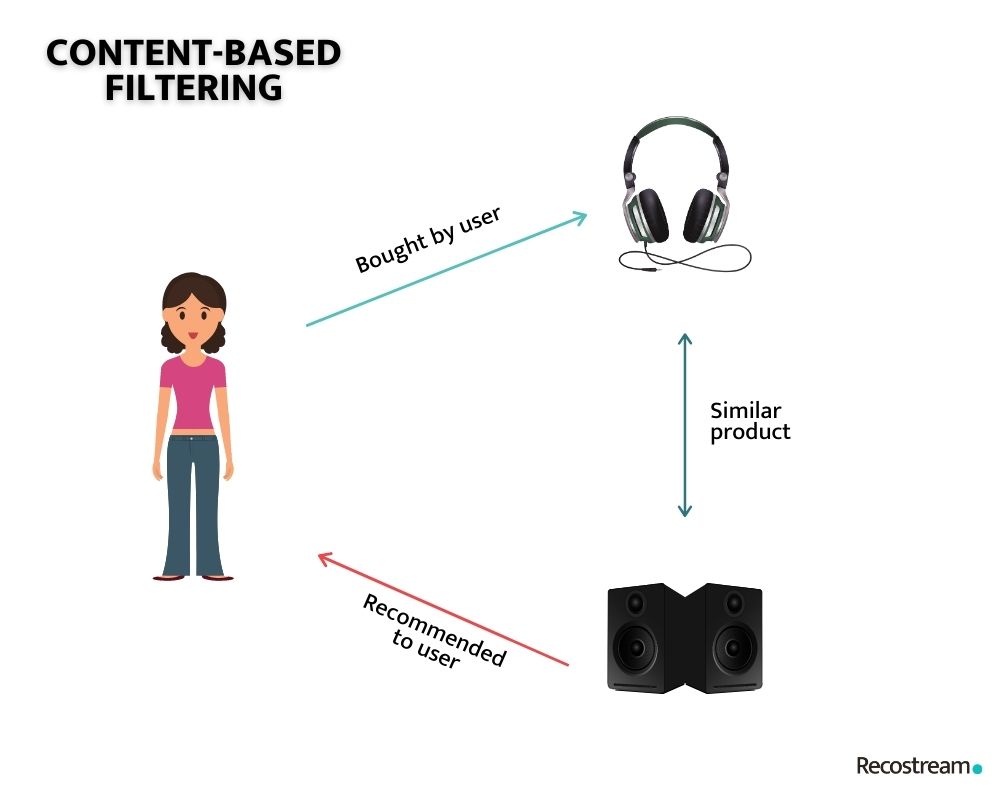
Example of content-based filtering system
YouTube with its video recommendations uses content-based filtering, where a video is considered to be “a product”.
For example, if a user watches various videos with reviews of electronic equipment, the recommended videos tab will contain other materials related to technological novelties.
The content-based filtering system collects information about viewed content by a particular user and starts to recommend further content with a similar theme based on a similar description.

2. Collaborative Filtering Systems
A collaborative filtering method analyzes data obtained from users who choose similar items and then combines this information to create a list of recommended products for the next user.
The great advantage of this method is that it allows you to generate product suggestions for relatively complicated items, such as movies and music with no need for extensive knowledge about them.
There is an underlying assumption that users give preference to recommendations based on the choices made by other users in the past.
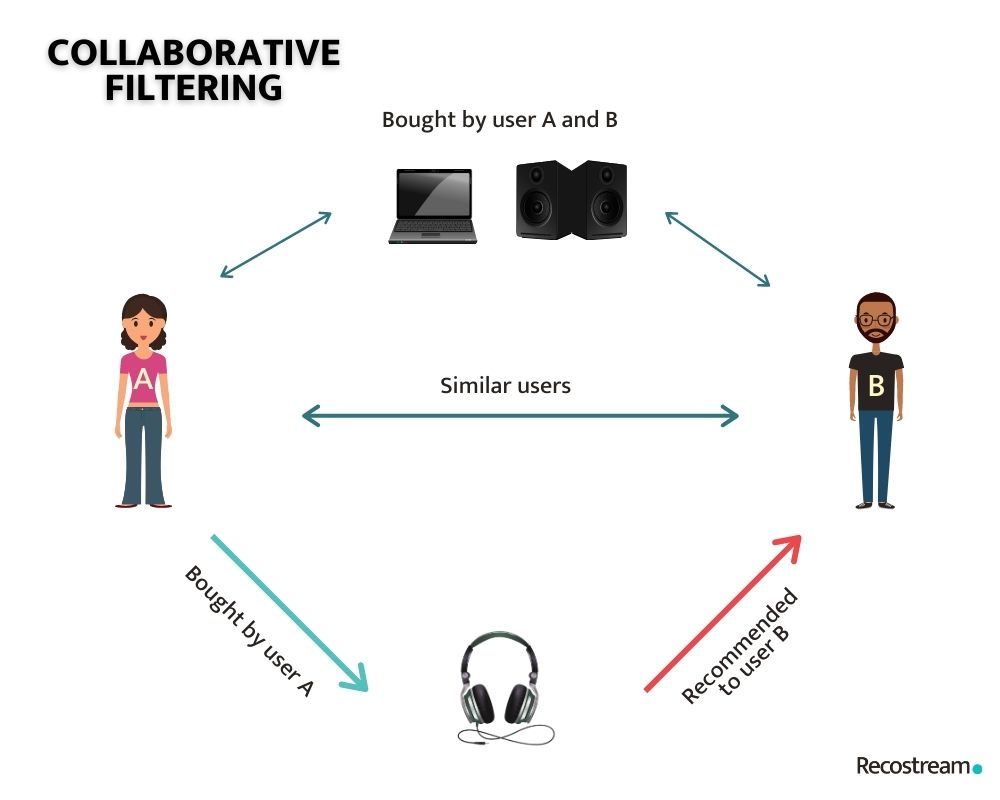
Example of collaborative filtering
Let's see how this type of recommendation engine works in an ecommerce site.
If customers both A and B customers bought a laptop and a speaker, the system learns that those users have similar interests. If a customer B continues shopping he will receive recommendations based on user A preferences and viewing and shopping history.
The system notices that both clients share similar tastes, so it uses this information to generate product recommendations.
However, the basic aspect of this method is that the engine needs enough amount of customer and traffic data to generate accurate recommendations for new users.
3. Hybrid recommendation systems
A hybrid method combines content-based filtering and collaborative filtering. It uses both the information about other users' behavior in the past as well as preferences of a customer for whom the recommendations are displayed.
In this sense, this method combines the best aspects of the previous two and creates one cohesive solution.
Example of hybrid recommendation engine
An example of a hybrid recommendation system can be seen in the way Spotify selects musical pieces for a personalized “Discover Weekly” playlist.
Users are often struck by how well the songs from those automatically generated playlists meet their musical taste.
How does the Spotify's recommendation system work? The secret of how Spotify can so effectively recommend consecutive songs lies in the complex hybrid filtering system.
The recommendation system collects both the data on the previous users' habits as well as the users with a similar musical taste.
Thanks to this, Spotify users may enjoy automatically generated playlists which match their musical taste but are still made of songs they have probably never heard before.
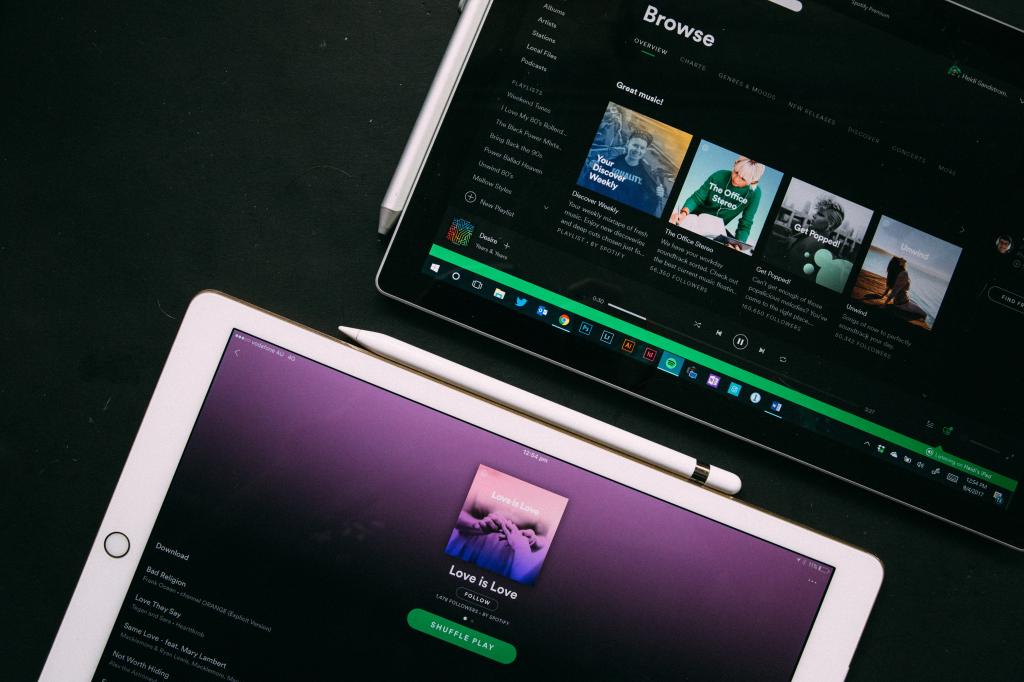
When and why should I start using recommendation engines?
Is implementing a recommendation system in eCommerce store worthwhile?
Are smaller e-commerce sites going to benefit from implementing advanced systems based on Machine Learning?
Those types of questions are often asked by the owners of eCommerce websites and marketers.
So let's see what are the advantages of the recommendation engine.
Benefits of recommendation systems
1. A way to build customer trust and loyalty
It is worth emphasizing that product recommendation systems are one of the most efficient and widely recognized applications of machine learning in business.
When properly configured and implemented, they will boost sales, increase click-through rate as well as customer engagement and other KPIs in every online store.
It results from the fact that customizing product recommendations and content to the preferences of a specific user has a positive impact on user's experience with a given website
This, in turn, impacts the indicators which are slightly more difficult to measure, but crucial in building a strong brand – customer satisfaction, customer trust, and brand loyalty.
2. An effective way to increase your sales and average order value
Recent studies conducted by Monetate show that product recommendations may lead to 70% increase in purchase rates during the initial and subsequent visits of a specific customer. What's more, product recommendations increase average order value (AOV) by about 33%.
Another study carried out by Barilliance showed that product recommendations may result in 31% increase of revenues in online stores when the system if properly optimized and implemented.
Online store owners with personalized recommendations notice that a 12% increase in revenues comes from the sale of products that were recommended to their customers.
You can also observe an increase AOV. According to the same research done by Barilliance, sessions during which users did not interact with the recommendations in any way were valued at $44.41.
This number increased by 369% when users engaged with recommendations. It is clearly visible in the attached chart:

3. Understanding consumer buying behavior thanks to customer data
Another advantage of personalized recommendation systems is the possibility to offer access to a large volume of useful statistics and metrics related to website traffic and user behaviour.
Owners of online stores with integrated recommendation systems have a better understanding of customer behavior and tailor the product offer to their needs.
From the user's point of view, the customer experience is simply better. It is much easier and pleasant to navigate through a store with an implemented and efficient recommendation system.
Customers do not need to spend time on browsing through all products available on the website, because those that they may find interesting will be displayed in the recommendation box with suggested products.
To track the effectiveness of the recommendation system we strongly suggest to integrate it with your Google Analytics. In this way, you will have an access to real-time, independent, and precise data.
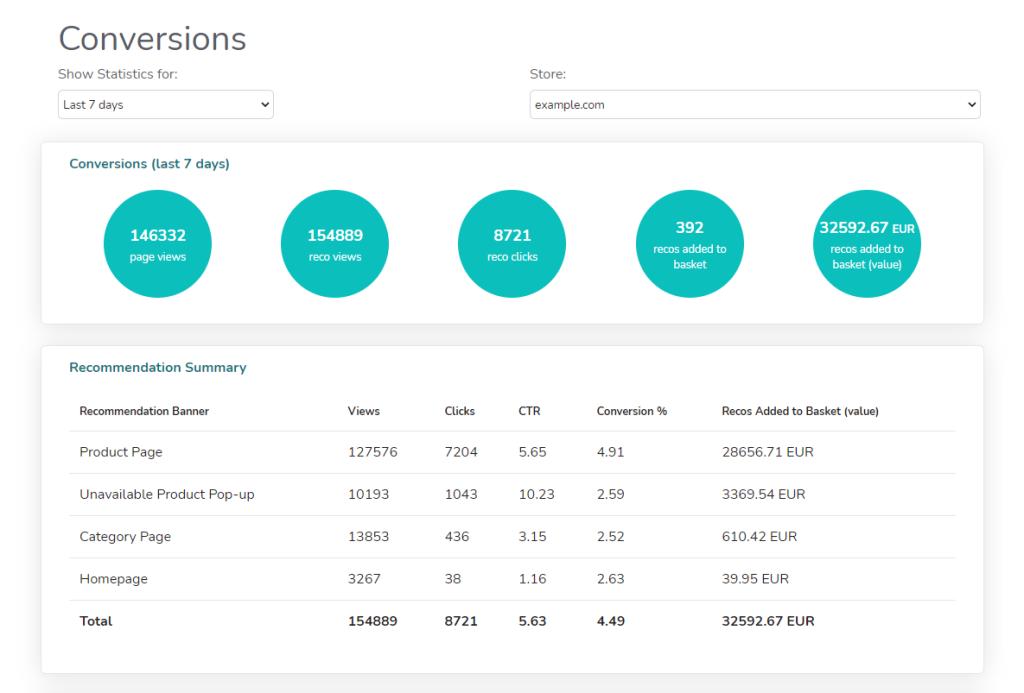
If you want to learn more about the effectiveness of product recommendation system, check our case study: How did the sales of an online cosmetics store increase thanks to the product recommendation system?
Examples of recommendaton systems
Currently, such recommendation engines are used in multiple forms on major websites. The most common usage of product recommendations you will find in online stores. However, ercommerce isn't the only indrustry that can benefit from this intelligent solution.
Recommendation engines may be found also in websites such as: streaming portals, news portals, blogs, recruitment platforms, marketplaces, mobile apps, video platforms.
Recommendations in mobile apps
What is an example of a recommendation engine? The most representative case of how to use intelligent recommendations is unquestionably the most popular mobile application of the year 2020.
We are obviously talking about TikTok, which has implemented one of the most personalized recommendation engines in the industry.
Thanks to this solution, users do not need to search for what to watch. The Tiktok algorithm does it for them by tailoring the offer to their preferences and habits. TikTok has the highest rate of user engagement as compared to other social media platforms.
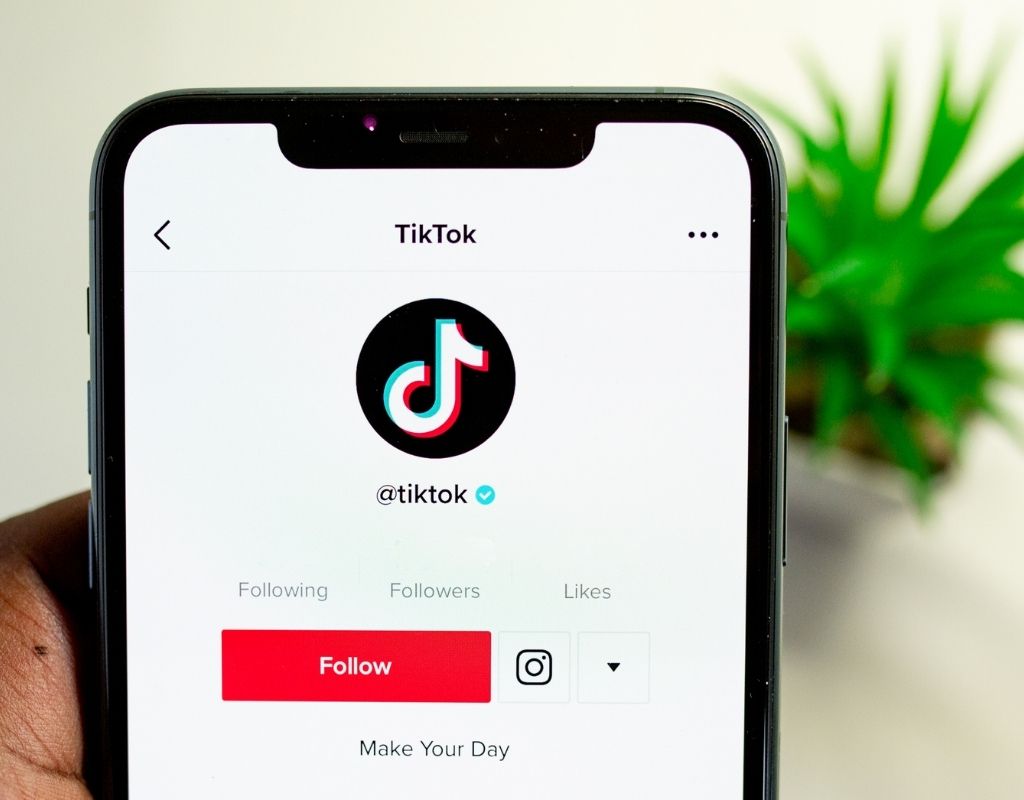
Recommendation system in eCommerce
While talking about recommendation systems we cannot skip personalized ecommerce product recommendations that so many online stores are equipped with.
The majority of large eCommerce sites, such as eBay, Amazon or Alibaba uses their own recommendation algorithms to analyze customer behavior and preferences in order to suggest products they may be interested in.
This solution boosts sales, enables cross-selling and up-selling, and increases engagement and average time spent on the website. What is more, it reduces cart abandonment rate and it's an easy way to decrease bounce rate.
Amazon indicates that their recommendation system is responsible for generating up to 35% of the revenue of online stores and the company has recorded 5-fold increase of reactions to recommended products in comparison with their previous, classic solution.
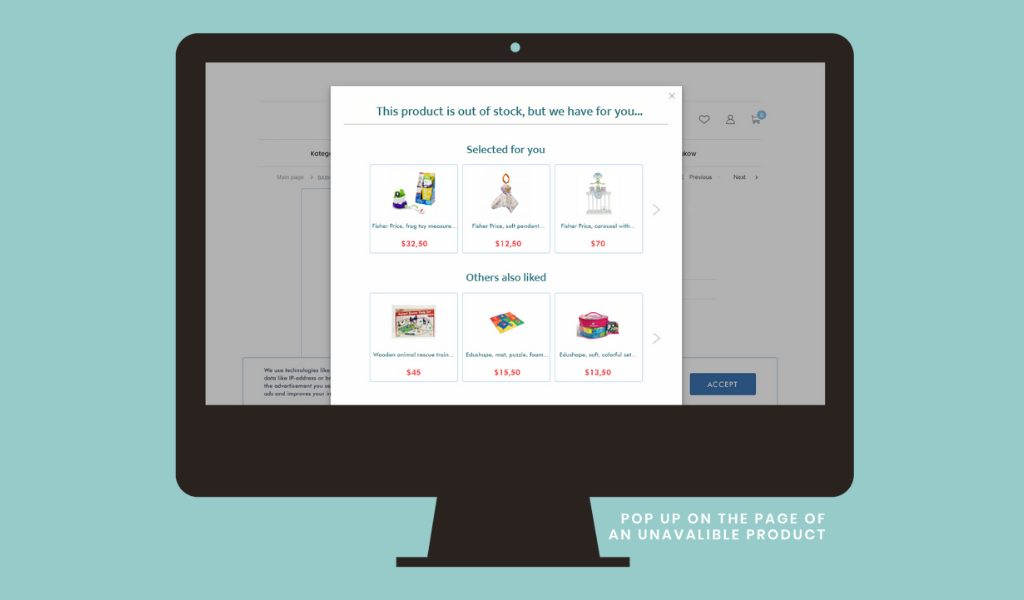
Learn what is the secret of great recommendations on main streaming and shopping platforms like Amazon, Netflix or Spotify.
How to integrate a recommendation engine with an online store?
A common denominator of the above-mentioned data filtering methods is the fact that they all use fairly advanced machine learning algorithms to generate product recommendations.
Although those algorithms are sophisticated and complex, integration with an online store does not need to be complicated.
Recostream is a perfect exemplification of integrating a recommendation system with online stores.
In this case, the installation process requires to paste a dedicated line of JavaScript code to the <head> section of the page. That's all. Then you need to waint one businnes day to get a configuration don by the tech team.
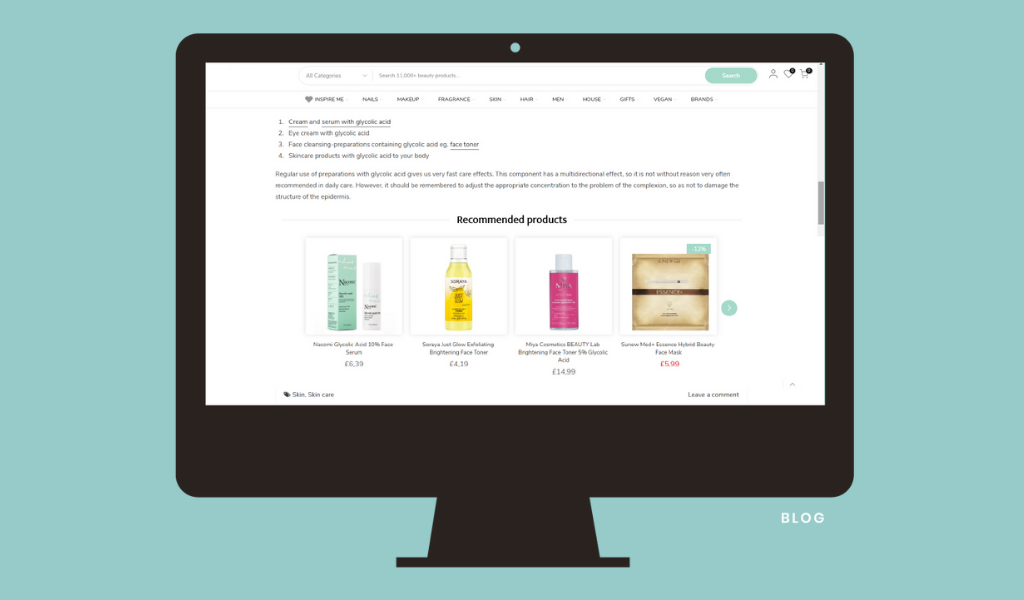
The apperance of the recommendation banner is customized and fits to the design of a given page. As mentioned before, there are many recommendations models to choose from. To see examples, check our blog post Product Recommendation for Online Shopping - What Does It Look Like?
Key Takeaway
Summing up, if you are looking for a simple and highly effective way to enhance the personalization of our online store, product recommendation engines may be a good investment. The installation process, regardless of a platform you use, is quick and easy and it does not require programming knowledge.
A recommendation system will improve the shopping experience by displaying products that the customers would not probably otherwise have come across.
